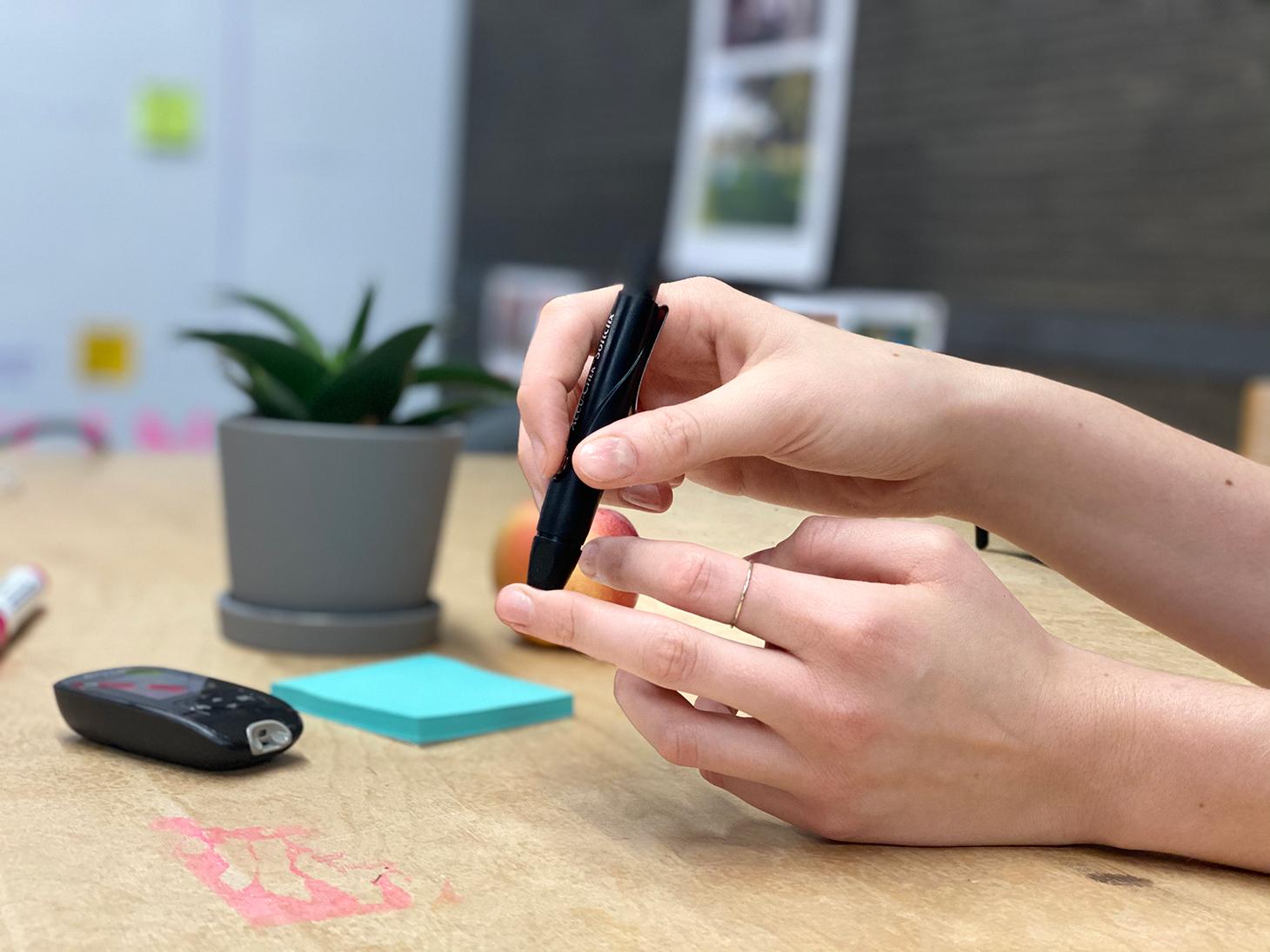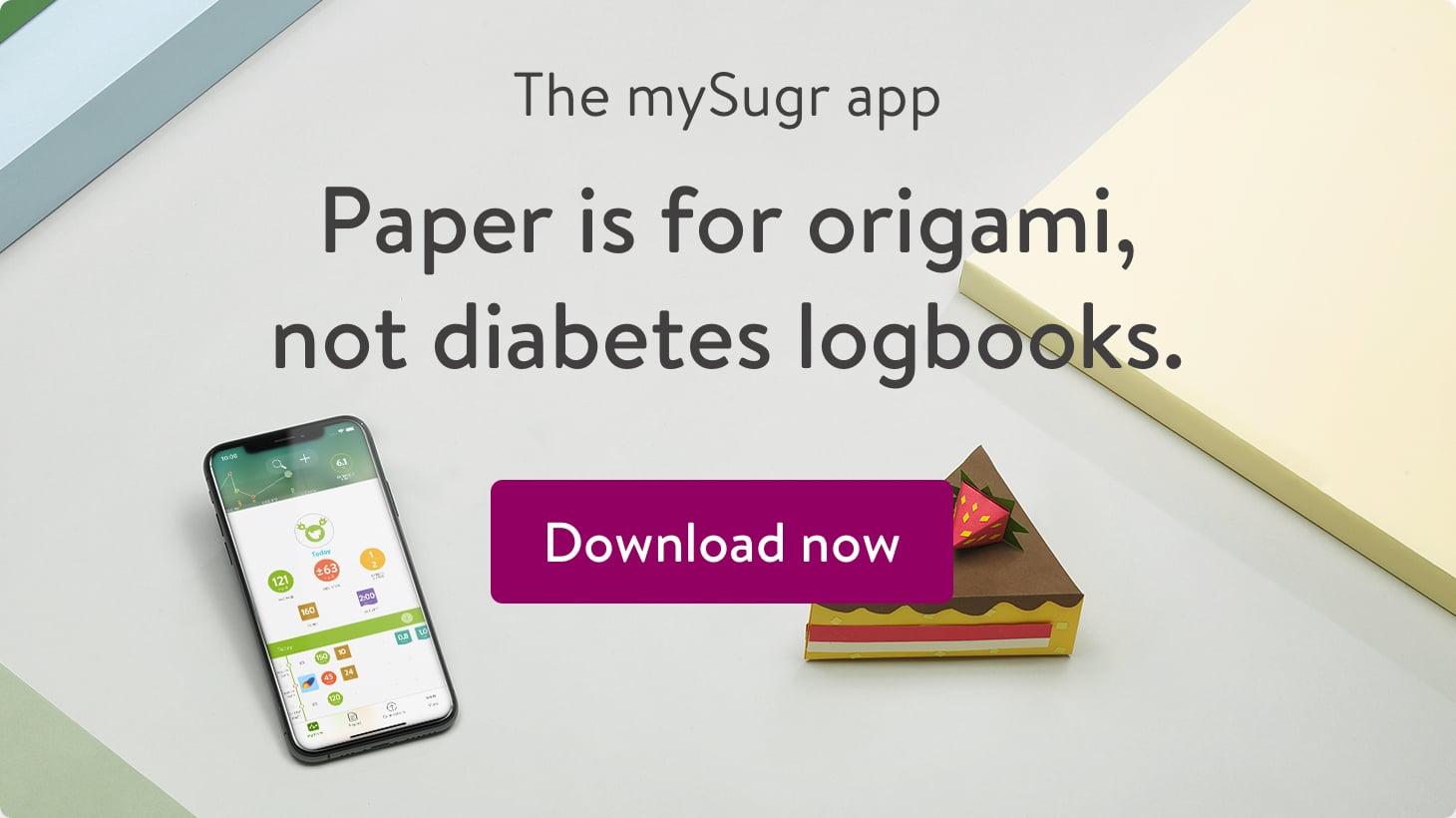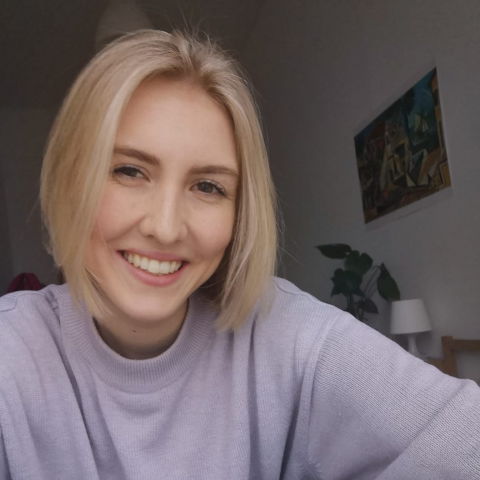Last week, some of us in the office decided to run an experiment. We checked blood sugars and counted carbs for a whole week – even though we don’t have diabetes.
Why would someone with a fully-functioning pancreas do such a thing?
Because we’re surrounded by diabetes. Besides working on diabetes solutions for a living, many friends and colleagues also live with diabetes. Seeing someone prick their finger, discuss their BG values, explain carb counting difficulties, or describe a stressful hypo is nothing unusual for us.
We wanted to better understand our mission – make diabetes suck less. And what better way than to walk a week in their shoes actively participate as best we can.
Of course, we all know that living with diabetes is way more than just pricking fingers and estimating carbs, but it was important to get a sneak peek into life with diabetes. We hoped to boost our empathy and understanding of the plight of our colleagues and users.
Let’s get started!
First things first to start our week-long experiment. We armed ourselves with blood glucose meters, test strips, lancets and, of course, the mySugr app on our smartphone.
We set up the app and connected it to our meters like seasoned veterans, but when it came to pricking our fingers for the first time, there were lots of questions!
Which part of my finger should I use? Did I set up the lancing device correctly? Why is there such a small amount of blood? Will it be enough to check with?
These questions may seem trivial, but nevertheless, they were real issues and gave us our first insight into what it’s like to be thrown into managing diabetes every day. A few embarrassing questions to our colleagues to sort things out and we logged our first entries into mySugr.

BG meters – our new best friend
From then on, our small kit of blood sugar measuring equipment went with us everywhere for the rest of the week.
Before eating, after sports, between meetings – we tried checking blood sugars in various situations to see how it reacted (and also how the people around us reacted). We tried hard to keep in mind that for us, this was just an experiment, but for people actually living with diabetes, this is their everyday routine.
Functioning pancreases meant that our blood sugars were being managed without the need for extra thought or medicine. That reinforced the extra effort that people living with diabetes have to do to try and stay in range, and showed why checking blood sugars regularly is so important.
Oh, a piece of cake!
From time to time we had to remind each other to check our blood sugars. For instance, when someone brought a cake to the office we wanted to jump on it immediately! But we had to pause, check our blood sugars, and then estimate the carbs. We were lucky to nab a piece before it was gone – the law of the jungle rings true in the mySugr kitchen!
This was another eye-opener for us. It’s not so easy to eat whenever you want. A quick snack is more complicated with diabetes. Taking the time to do everything is enough for that delicious cake to get eaten up before you even get a taste!
Time Drainer
During our lunch break, we noticed again how time-consuming diabetes can be.
Everyone around me already started eating, but I was still busy checking my blood sugars, estimating carbs, and logging everything into mySugr.
Using mySugr definitely helped, but it still took some time. It made me appreciate the details involved in managing diabetes and how it’s always forcing itself into situations. Instead of just enjoying lunch with my colleagues I had to tame my pretend diabetes monster first.
Respect to all monster tamers!
At the end of the week, we surrendered our meters, lancets and test strips. This simple act of handing everything back was jarring. People living with diabetes don’t have this option. They can’t just return their meter when they’re frustrated. They can’t just skip checking blood sugars because they had a hard day. It’s not optional, and they have to push through it all just to survive. Much respect to everyone living with diabetes. It’s much harder than most people imagine, and you’re doing a great job taming your diabetes monsters!
Personally, this challenge helped me better understand what people living with diabetes have to deal with on both an emotional and practical level. And yes, I know this was only a small taste of what happens in reality, but it goes to show that even with a fully functioning pancreas, I too encountered many difficult moments during our week experiment.
Overall, I believe that this experiment was a success. It changed our perspectives in surprising ways. We gained empathy for those living with diabetes; it showed us how much time, effort, and discipline goes into living well with diabetes and boosted our motivation to make diabetes suck less!

The mySugr website does not provide medical or legal advice. mySugr blog articles are not scientific articles, but intended for informational purposes only.
Medical or nutritional information on the mySugr website is not intended to replace professional medical advice, diagnosis or treatment. Always consult a physician or health care provider with any questions you may have regarding a medical condition.





